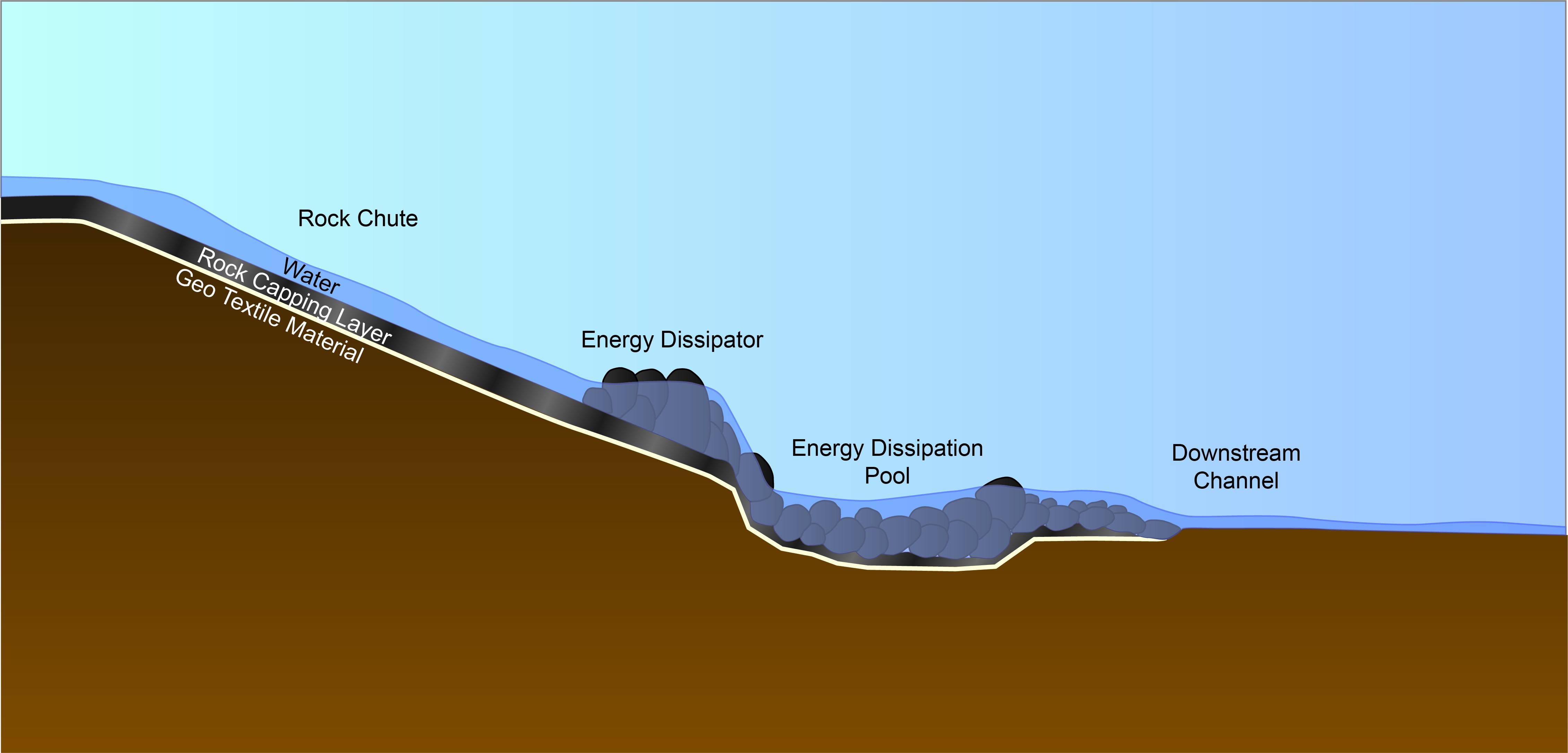Crocodile Station gully works update
By Michael Goddard, Gully and Grazing Project Officer, Cape York NRM
As a continuation of the ongoing gully remediation trials carried out by Cape York NRM on Crocodile Station, three fast moving gully headcuts have been stabilised using rock chutes and energy dissipation pools. The channels downstream of the gullies have been revegetating over time.
It was considered unwise to undertake any works in the channel downstream due to the risk of destabilising the channel and undermining the works.
The works were carried out by Peter and Annette Marriot from Far North Earthmoving, Stanley McKenzie with assistance from Dane and Chance Sellars from Indigenous Land Council (ILC), and Michael Goddard and Will Higham from Cape York NRM. Over the course of the construction, training was provided to the ILC employees on different strategies for gully headcut remediation, and they gained hands-on experience for their ongoing gully remediation program.
Of the three headcuts, two were advancing rapidly. Since 2009:
- Gully 0.1, which has a catchment size of 7.4 hectares, had advanced 29 metres over eight years and yielded 163 tonnes of sediment per year over that period.
- Gully 1.1, which has a catchment size of 10.4 hectares, had advanced 74 metres over eight years and yielded 236 tonnes of sediment per year.
Materials used for headcut stabilisation works were sourced onsite. Additional basalt rock was obtained from a nearby Lakeland farm which was expanding its water melon production from ex-cattle pasture.
The rock sourced on site was used to line the chute, and the basalt was used in the construction of the energy dissipater and the dissipation pool at the bottom of the structure. The objective of the pool is to remove the energy from the fast flowing water exiting the chute above, and delivering the water at the same level as the downstream channel. This removes the possibility of the water undercutting and undermining the structure, thus eliminating the need to install a number of grade controls in the downstream channel.
Establishing grass cover and monitoring performance of the structures will be a focus for the coming wet season. Griffith University have installed water quality monitoring equipment that will be used to try to quantify the water quality benefits of the erosion control structures.
The Reef Trust: fifty percent reduction in gully erosion from high priority sub-catchments in the Normanby project is funded by the Australian Government and delivered through the Reef Trust.



